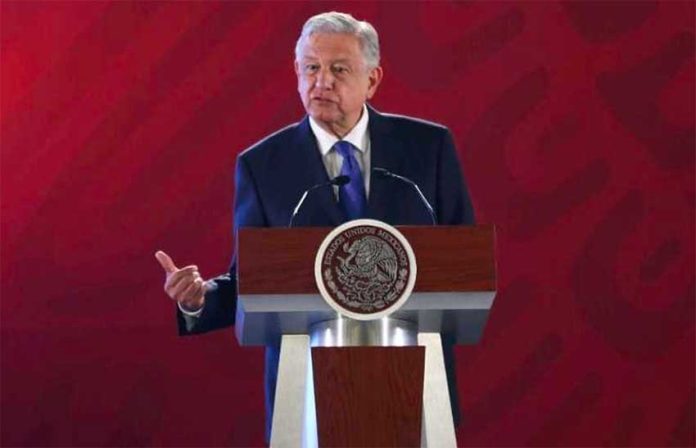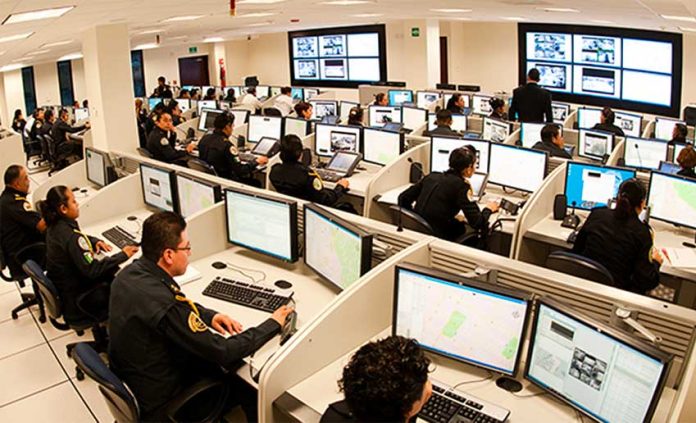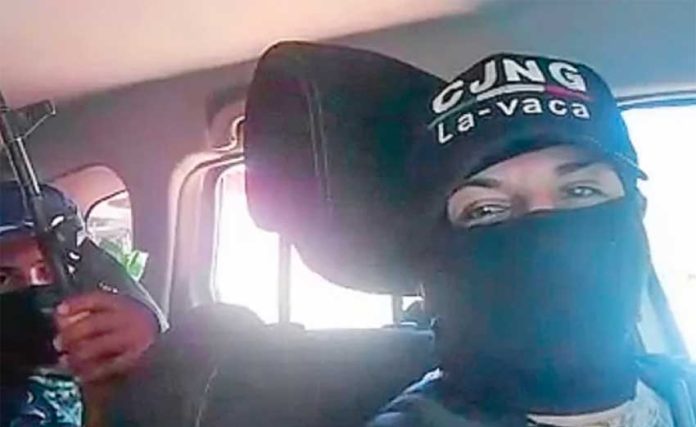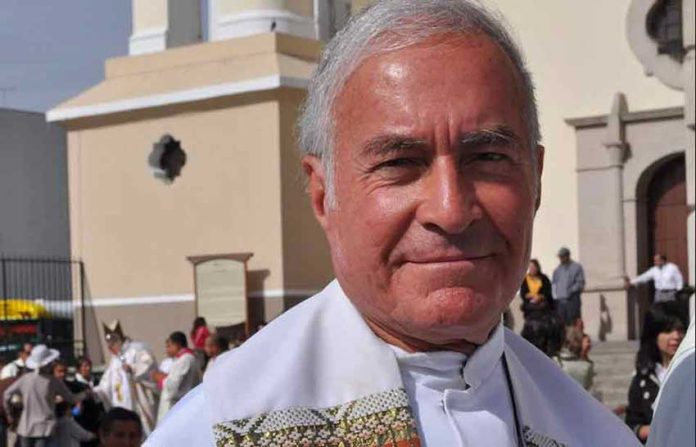Once a sleepy fishing village, Zihuatanejo is nestled in a sheltered bay off the coast of Guerrero, a few hours north of Acapulco, and home to what has become one of the premier fundraising events of the sailing world.
Sailfest began in 2002, the result of a chance meeting between longtime expats Richard and Gloria Bellack and a sailboat named Latitude 38 (of sailing magazine fame).
The Bellacks, who were already involved with a local indigenous school called Escuela Primaria Netzahualcoyotl, were more than happy to accept the boatload of supplies the sailors had brought with them.
Word soon spread, and a few dozen other cruisers decided to join in a weekend of boat races, raffles and fun to raise money for indigenous children. The makeshift fundraiser with the help of other expats and locals raised US $1,500 in its inaugural year, which was then matched by the Bellack Foundation.
Fast forward 17 years and Sailfest has expanded to a week-long festival through the combined efforts of sailors, expats, locals and various organizations such as Rotary, Niños Adelante, Por Los Niños and the city of Zihuatanejo itself.
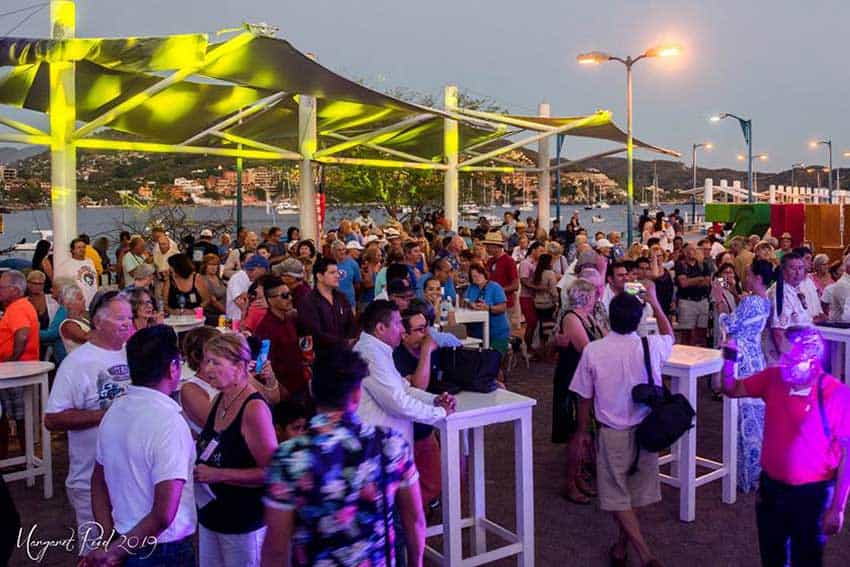
In 2017, the organization raised over 1 million pesos through a variety of events, including silent and live auctions, raffles, chili cook-offs, concerts and donations from local merchants, restaurants and hotels.
The festivities include an opportunity to “crew” on a participating sailboat for a donation, with all proceeds going to the charity. Local musicians donate their time and perform while guests sail in and around the bay of Zihuatanejo and to Ixtapa.
Cruisers come from as far away as England, France, Canada and the U.S. for this annual event. In its best year, 2005, Zihuatanejo had an estimated 90 boats in its harbour. Although that number has reduced some (perhaps in part due to the economy) to around 35 in 2017, enthusiasm for the event has not.
The slack in sailor participation has in fact been picked up through the efforts of the many expats in the community who call Zihuatanejo home during the winter months, and the locals themselves.
Most welcome and new to Sailfest this year is the involvement of new Mayor Jorge Sánchez Allec and city officials. For the first time in the history of Sailfest, the city has shown tremendous support by providing people, money and pageantry in the form of local talent and donated food, and by buying tickets to attend events themselves.
It is believed by many to be an excellent way to encourage locals to participate in the many fun events held each year.
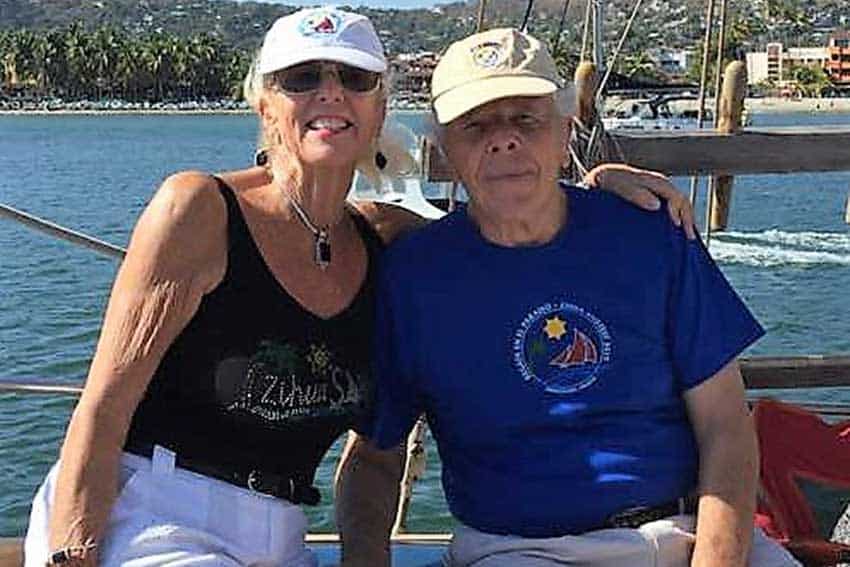
Over the years, monies raised have helped thousands of children in Zihuatanejo with scholarships and tuition, uniforms, school supplies, shoes and nourishment (more than 35,000 meals a year) through a program called Carols’ Rice.
Sailfest donations are responsible for building 110 classrooms and Zihuatanejo’s first high school in over 20 years. Last year was considered a banner year with 2 million pesos raised but Carol Romain, chairman of the Sailfest committee and administrator of Por Los Niños, reports that 2019 beat that figure with 2.1 million.
Like many other expats and tourists, I have personally sponsored a child through the Por Los Niños program almost from its inception in 2005. Aldrich, who is now 22 and graduating this year, has held a grade point overage of over eight out of 10, a prerequisite for children in the program who wish to be sponsored from grade school through to university.
How to get involved?
• Sail your boat to beautiful Zihuatanejo and become part of an exciting festival each February. If you can’t do that, fly down and join in the fun and support a great cause at the same time.
• Donate to Sailfest or Por Los Niños online.
• Sponsor a child through Niños Adelante for about US $500 a year.
The writer is a Canadian who has lived and worked in Mexico for many years.
[soliloquy id="71650"]




